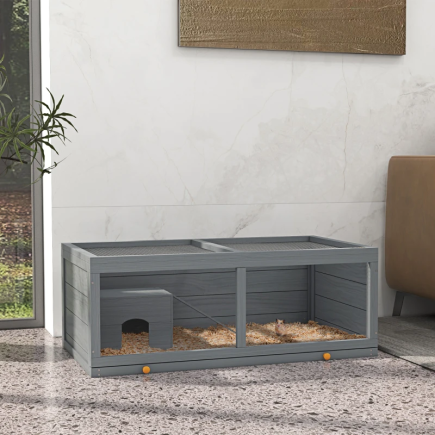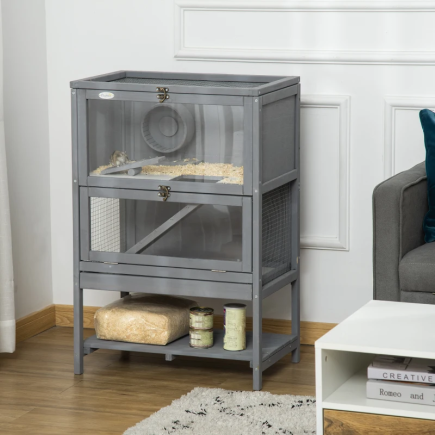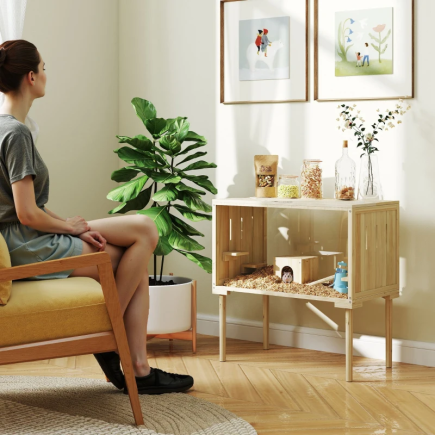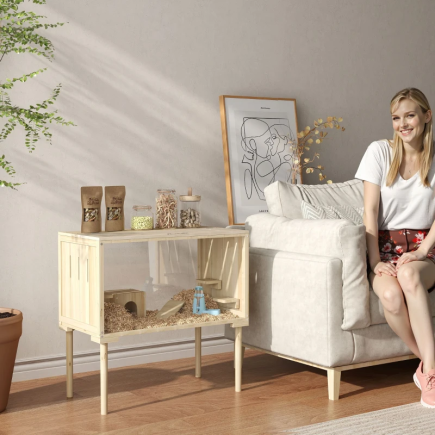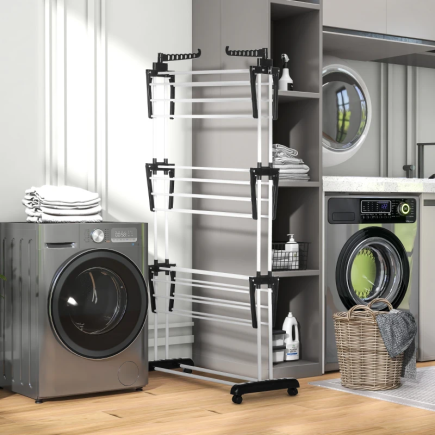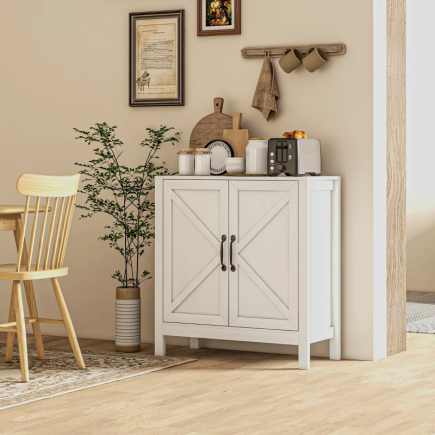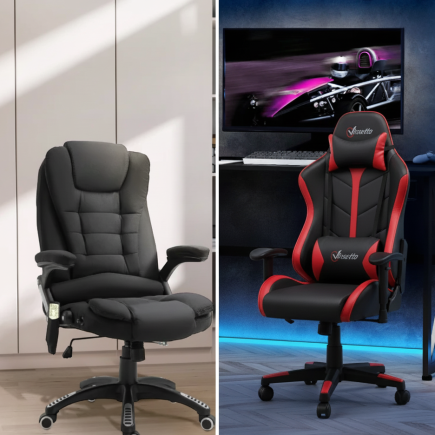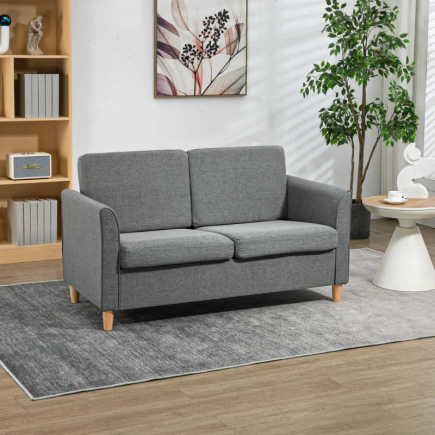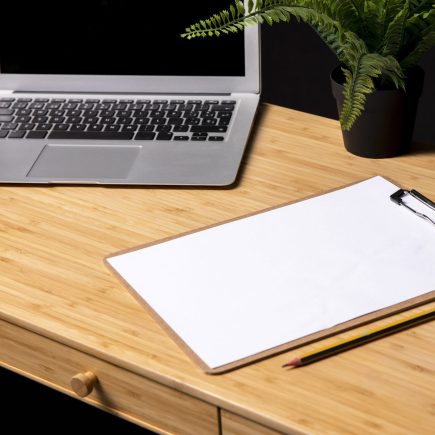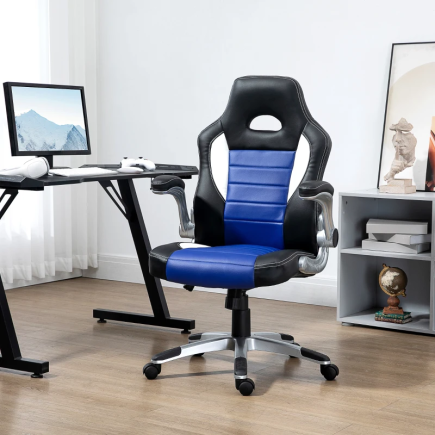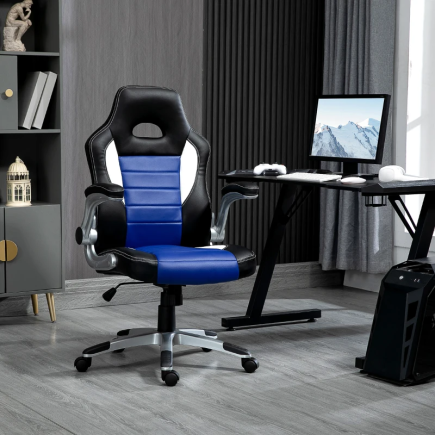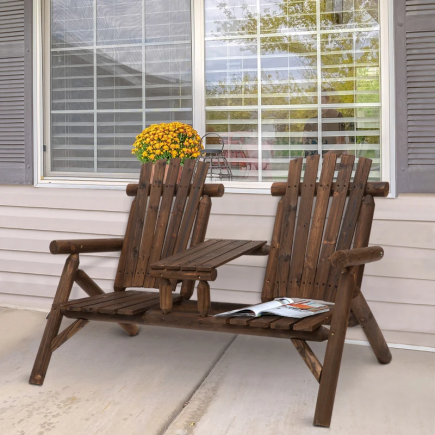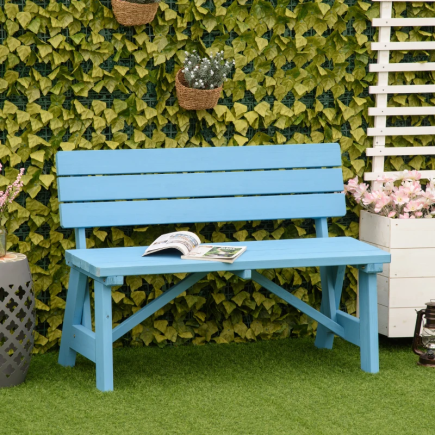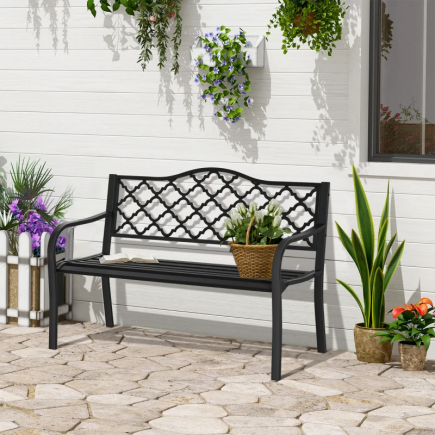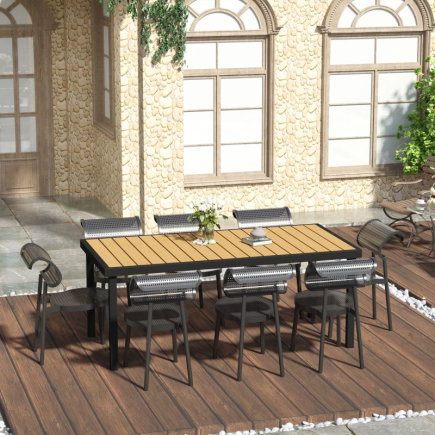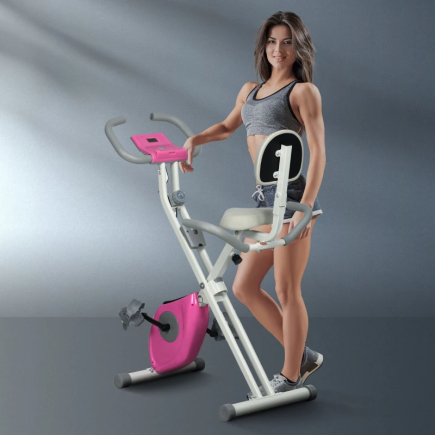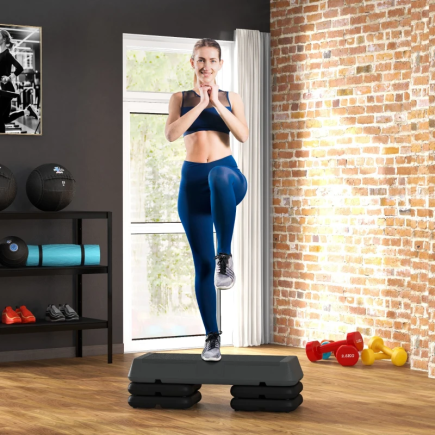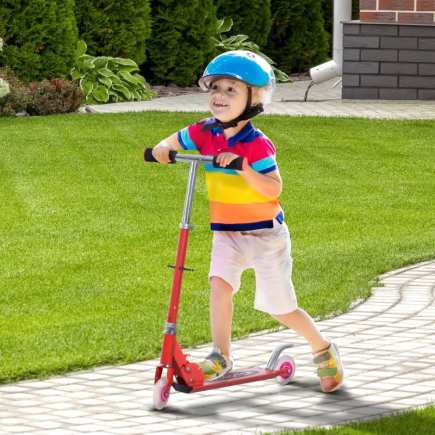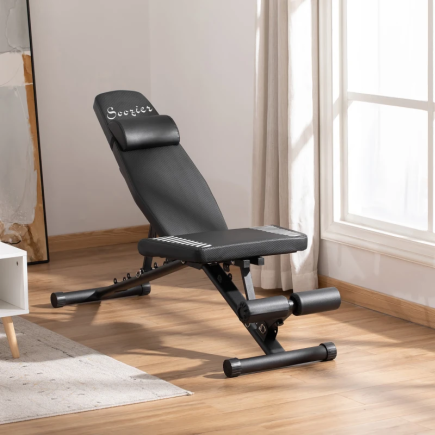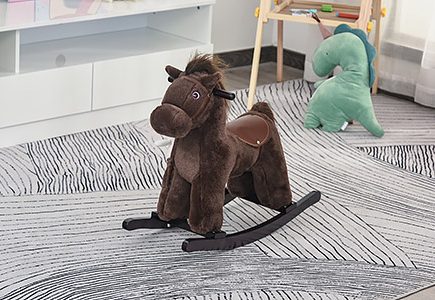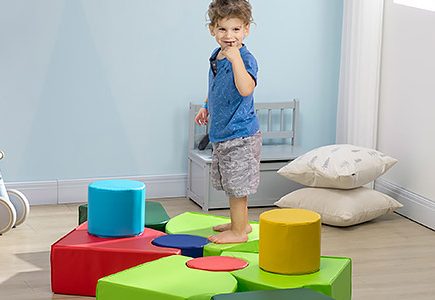Artificial plants have become a popular choice for decorating outdoor spaces. They provide a lush, vibrant look without the hassle of maintenance associated with real plants. However, one of the key challenges when using artificial plants outdoors is ensuring they remain secure in their pots, especially when subjected to outdoor elements such as wind, movement, and pets. Properly securing your artificial plants not only enhances their stability but also maintains their realistic appearance for a long time.

This article will walk you through the essential steps for securing your artificial plants in outdoor pots, ensuring they stay in place and continue to look stunning throughout the seasons.
1. Choosing the Right Pot for Outdoor Use
The first step to securing artificial plants in pots outdoors is choosing a pot. The right pot serves as the foundation for your plant and plays a vital role in maintaining stability, especially when the weather gets windy.

Select a Heavy, Durable Pot
For outdoor use, choose a pot made of heavy materials like concrete, ceramic, or terracotta. These materials are durable, capable of withstanding various weather conditions, and offer the weight needed to keep the pot grounded.
Proper Pot Size
Another crucial factor is the size of the pot. The pot should have a wide base. A wide base helps distribute the weight evenly, minimizing the risk of it falling or shifting in the wind. Additionally, the diameter of the pot should be at least 5–10 cm wider than the base of the artificial plant. This provides enough room to add weight at the base while still ensuring the plant stays securely in place.
Tip: If your artificial plant comes in a small starter pot, place it inside a larger, more decorative pot to ensure added stability.
2. Adding Weight to the Base of the Pot
While a heavy pot is important, adding extra weight to the base of the pot is equally essential for keeping your artificial plant from tipping over. This is particularly true for taller or top-heavy plants.
Materials for Weighing Down the Pot
Several materials can be used to add weight and stability to the base of the pot. Below is a quick guide on some common options:
| Material | Pros | Cons | Best For |
| Gravel/Pebbles | Aesthetic, helps with drainage | Less stable for large plants | Small to medium plants |
| Sand | Heavy, affordable | Can shift or settle over time | Medium-sized plants |
| Stones/Rocks | Heavy, decorative, adds natural look | Difficult to move once placed | Large outdoor plants, windy areas |
| Concrete/Cement | Provides a permanent, solid base | Difficult to move once set | Large, heavy plants |
TIP: Begin by adding a base layer of gravel or rocks at the bottom of the pot for a stable foundation. Follow it up with sand or smaller pebbles for additional weight and better drainage. This setup keeps the plant stable during breezy conditions or light movement.
3. Positioning the Plant in the Pot
Once the base layer is in place, it’s time to position the plant correctly in the pot. Ensuring the plant is properly placed is crucial to its stability.

Proper Placement
Place the plant in the pot and make sure it’s centered and level. The plant should be standing straight without leaning to one side. An uneven placement increases the chance of the plant becoming unstable in windy weather.
4. Securing the Plant with Expanding Foam or Adhesive
To further ensure your artificial plant stays in place, use expanding foam or weatherproof adhesive. These materials offer extra security and prevent any movement within the pot, especially for taller or heavier plants.

1. Expanding Foam
Expanding foam is perfect for securing plants in larger pots. After positioning the plant, spray the foam around the base of the plant. The foam will expand and fill the gaps, solidifying the plant in place. Once the foam hardens, it will create a permanent hold, ensuring the plant doesn’t move.
2. Weatherproof Adhesive
If you’re looking for a less permanent solution, you can use weatherproof adhesive like silicone sealant. Apply the adhesive to the base of the plant and around the pot’s interior to secure the plant. This method is ideal for smaller plants or when you want the flexibility to reposition the plant later.
5. Placement Tips for Extra Stability
Where you place the pots outdoors can have a significant impact on their stability. Here are some expert tips to enhance the stability of your artificial plants:
Place Pots Against Solid Structures
Position your pots against walls, fences, or other solid structures. This shields the plants from direct wind exposure and adds support, reducing the chance of them toppling.
Group Pots Together
Grouping your pots creates a heavier, more cohesive arrangement that’s less likely to shift or fall. Not only does this provide extra stability, but it also enhances the aesthetic of your outdoor space by creating a cohesive look.
6. Troubleshooting Common Stability Issues
Sometimes, despite all precautions, your artificial plant might still have stability issues. Below are some common problems and how to address them:

Plant Looks Wobbly or Unsteady
A wobbly plant may indicate that the plant’s base isn’t properly secured. Ensure that the expanding foam or adhesive is applied correctly and that the plant is positioned evenly in the pot. For added support, use dowel rods or stakes to anchor the plant.
Securing artificial plants in pots outdoors is crucial for both aesthetic and practical reasons. By selecting the right pot, adding weight to the base, and positioning the plant properly, you can create a stable and visually appealing display that will last for years.
Using expanding foam or adhesive helps keep the plant securely in place, while strategic placement against solid structures and grouping pots together provides extra support. With these tips, you can enjoy a beautiful, low-maintenance outdoor space, free from the worry of your artificial plants tipping over or being damaged by the elements.
FAQs
1. Can I use artificial plants in areas with heavy rainfall?
Yes, artificial plants are weather-resistant, but ensure the pot has proper drainage to prevent water accumulation.
2. Are there specific plants that are harder to secure outdoors?
Tall, top-heavy plants or those with thin stems can be more difficult to secure. Adding extra weight to the base will help improve stability.
3. Is it safe to place artificial plants near a fireplace or outdoor heater?
While most artificial plants are heat-resistant, it’s best to avoid placing them too close to direct heat sources, as excessive heat can cause material degradation over time.

